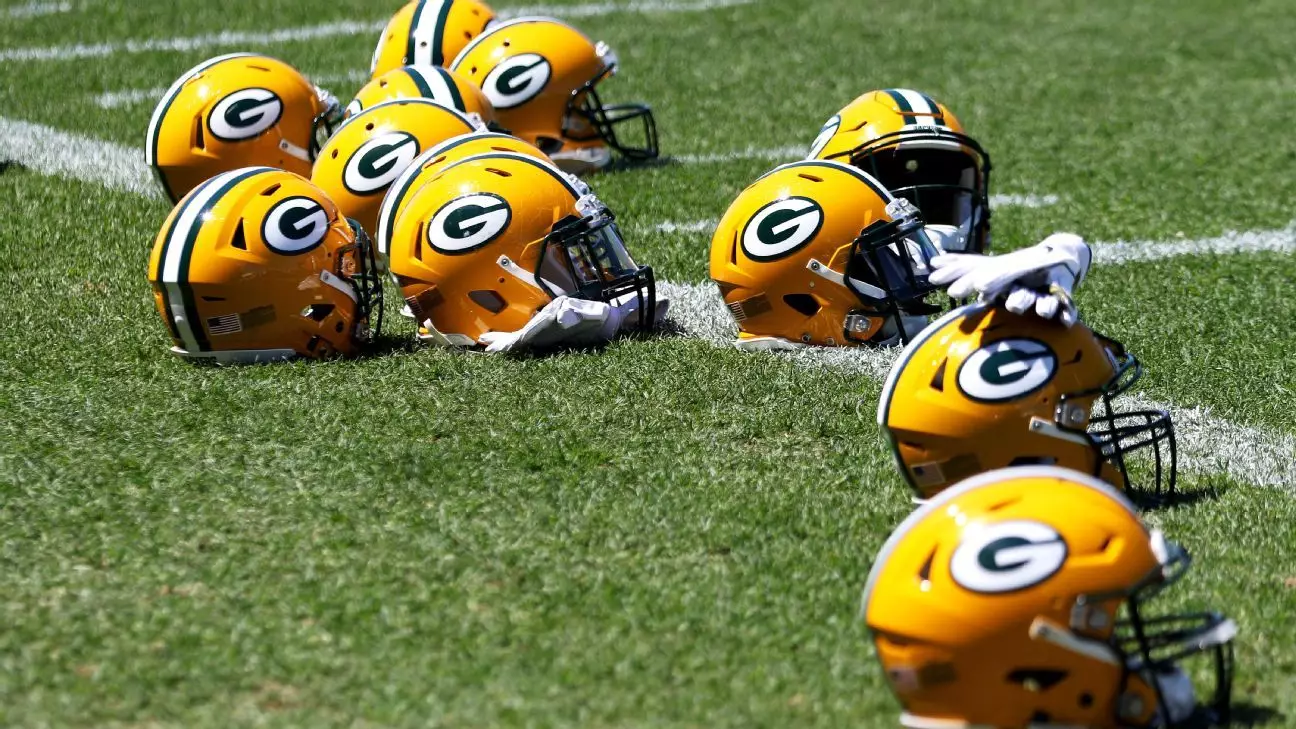Over the past two decades, NFL franchises have transformed from modest operations into billion-dollar juggernauts. Starting from a modest $138 million in revenue sharing per team in the early 2000s, the league now distributes a staggering $432.6 million to each of its 32 teams. This leap signifies an explosion in popularity and financial muscles, fundamentally reshaping the league’s landscape. As the only publicly owned NFL franchise, the Green Bay Packers uniquely reflect this upward trajectory through their disclosures, revealing the league’s robust growth, especially driven by broadcast rights and streaming innovations.
By sharing such detailed financial figures, the Packers provide a rare window into the league’s financial health. The fact that over $13 billion was shared among the teams in the last fiscal year underscores the NFL’s dominant position in the sports and entertainment industry. This astronomical figure isn’t just about profits; it indicates a resilient and expanding business ecosystem rooted in massive media rights deals and commercial partnerships.
The League’s Revenue Streams: From Traditional TV to Streaming Dominance
A critical driver behind this financial boom has been the NFL’s mastery of broadcasting rights. As Murphy pointed out, approximately 60% of the Packers’ revenue stems from national broadcasting deals—a testament to the league’s unparalleled television appeal. The NFL has strategically capitalized on broadcast partnerships, especially with traditional TV giants, while also pivoting toward streaming platforms. This transition ensures the league remains relevant and accessible in an era where digital consumption dominates.
Murphy’s acknowledgment of the league’s ambitions to maintain a 7% annual growth rate signals a proactive approach to stay ahead in the increasingly competitive media landscape. The emphasis on streaming signifies more than just technological adaptation; it reflects a deeper understanding of audience behavior, especially among younger generations. Such adjustments are vital for sustaining revenue streams in the long term, ensuring the league’s financial strength continues upward.
The Packers’ Financial Resilience and Strategic Investments
Despite the broader league’s growth, the Packers’ financial stability remains a standout story. Their operations profit increased from $60.1 million to over $83 million, and local revenue surged alongside the league’s national gains. Hosting an additional regular-season game due to the 17-game schedule proved fruitful, boosting local income. Meanwhile, their corporate reserve fund reached an all-time high of $579 million, a clear buffer against economic uncertainties or unexpected downturns.
This conservative financial approach aligns with the team’s unique ownership structure. Unlike many NFL franchises owned by wealthy individuals or corporations, the Packers are community-focused, owned by over half a million shareholders who possess no dividend rights. Such a model necessitates cautious financial management and reinvestment, particularly into infrastructure like Lambeau Field, where over $675 million has been invested during Murphy’s tenure.
Murphy’s leadership has emphasized safeguarding the franchise’s future by bolstering reserves rather than seeking short-term gains. The recent renovation of the locker room signifies a strategic move to enhance player welfare and maintain competitive edge, all while preserving the team’s community-owned ethos.
Leadership Transition and the Future Outlook
As Murphy prepares to step down, his stewardship has overseen an era of financial ascendance and league-wide transformation. The incoming president, Ed Policy, faces the dual challenge of continuing this growth trajectory while maintaining the Packers’ distinct identity. Murphy’s remarks highlight an enduring confidence in the NFL’s business model, one heavily reliant on media rights, fan engagement, and strategic investments.
However, the league’s dependence on traditional media and the community ownership model might become vulnerabilities in a shifting landscape. Streaming and digital engagement will increasingly dictate revenue potential, and the Packers’ limited ability to tap private equity investment could pose constraints on rapid expansion or upgrades. Nonetheless, their strong reserves and loyal fan base provide a stable foundation for navigating future challenges.
The financial story of the Packers and the NFL at large is more than just impressive numbers; it’s a reflection of a well-orchestrated, resilient ecosystem that harnesses media innovation, fan loyalty, and strategic reinvestment to sustain extraordinary growth. As the league continues to evolve, it’s clear that the summit has only just begun, and the financial power now held by the NFL will shape sports entertainment for decades to come.


Leave a Reply